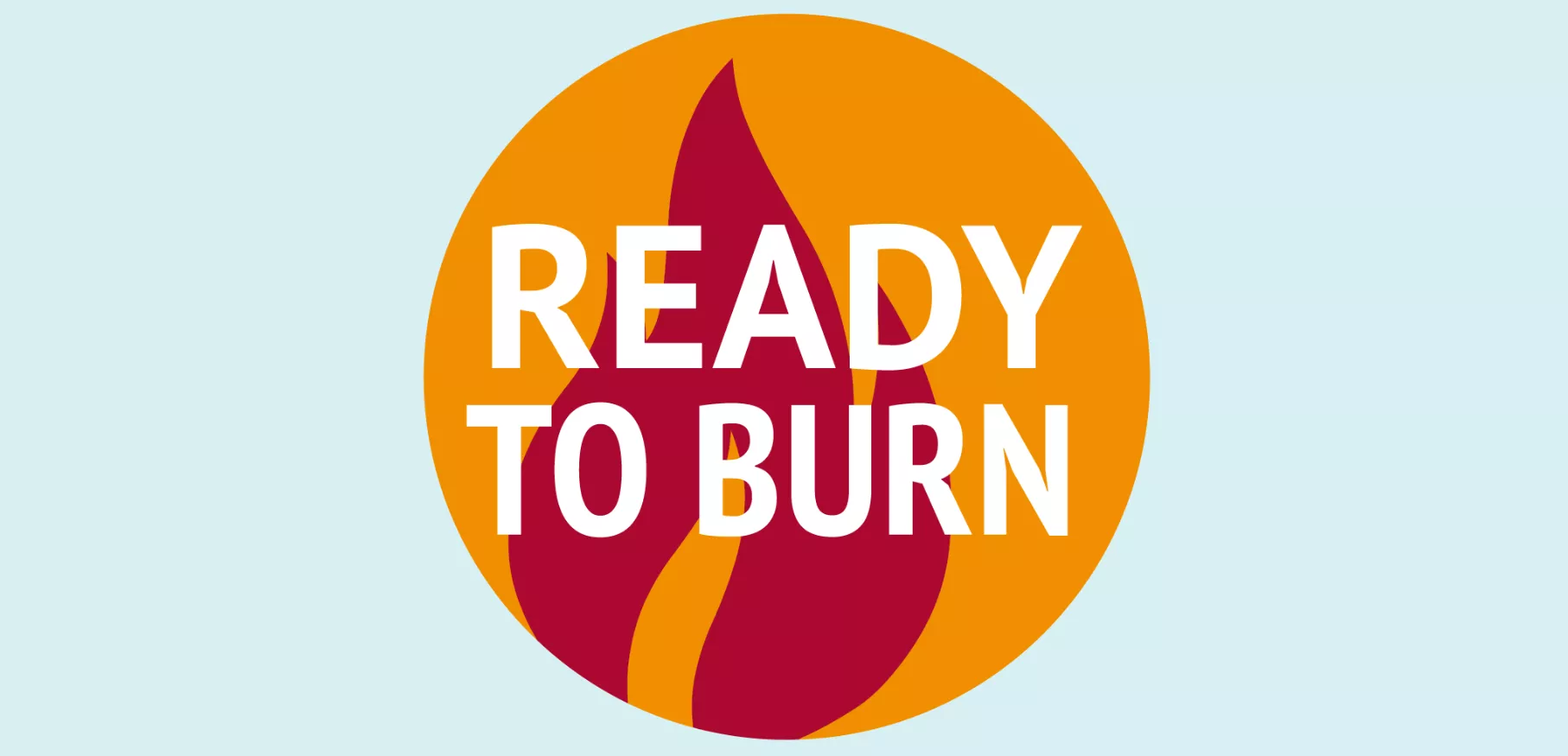The beginning of spring is always an enjoyable time of year, as the days grow noticeably longer and trees burst into blossom, heralding the annual tradition of spring cleaning.
So there's no better time for those with a stove or open fire to consider servicing their appliance or booking in a chimney sweep.
It’s especially important to take these steps (and to burn the cleanest possible fuels) as burning at home releases tiny particles that are harmful to your health.
These particles, known as PM 2.5, can aggravate conditions such as asthma and respiratory infections like colds and flu, and can also increase the risk of heart disease, strokes and cancer.
Get advice on how to burn better at Defra's UK Air website
Burning fuel at home, such as wood or other solid fuels, contributes significantly to the amount of PM2.5 that is released into the air we all breathe.
According to the latest government statistics, it accounts for 29% of such emissions.
But there are steps you can take to “burn better” and minimise the impact on you, your family and the environment, according to the Burn Better, Breathe Better campaign.
Three key steps to reduce the negative health impacts of your stove or open fire at home
1. Check it regularly
Regular maintenance of your stove means it will perform better, use less fuel to produce more heat, and give off fewer harmful particles.
You should also get your stove serviced once a year. If you’re unsure whether your current system was installed correctly, you can get this checked at your annual service. A service will help in spotting and solving any other problems too.
Regular tasks you should do include cleaning out the ash, checking the seal around the stove door, and cleaning the outside of your open fire or stove (including the glass door).
2. Get your chimney swept professionally
Chimneys need to be swept at least once a year. A chimney sweep will be able to remove any excess soot and tar - build-ups of which will not only reduce how efficiently your stove or fire burns fuel but can also cause chimney fires.
So, when preparing for a spring clean, make sure you add this to your to-do list and get in touch with a local chimney sweep.
3. Feed it the right fuels
When buying fuels look out for the Ready to Burn logo. This means you are choosing the cleanest available fuels and reducing the risk to yourself and your family.
Dry wood and manufactured solid fuel - such as compressed wood briquettes or pre-formed fire logs - are cleaner and more energy-efficient options, releasing fewer harmful particles into your home and the world outside.
If you source wood yourself, always take the necessary steps to thoroughly dry it out before use. Wet wood produces lots of smoke, particles and tar deposits which can damage your health, the environment and your appliance.


